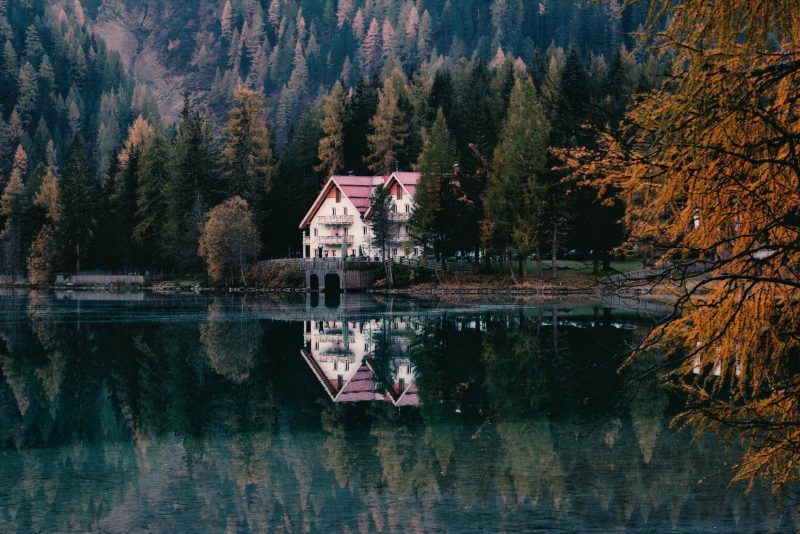More and more Canadians are purchasing cottages and vacation homes as a source for staycations, particularly after COVID-19 forced people to reimagine their holidays.
But like other types of real estate, insurance is still required for vacation homes and cottages.
These second homes are just as vulnerable to things like theft, vandalism, and damage, so it is important to place a policy that protects your most valuable possession.
What is Vacation Home and Cottage Insurance?
Vacation home and cottage insurance is similar to a conventional home insurance policy but is specific to properties that are not considered primary residences.
An insurance policy will not only protect you financially from unforeseen events, but your lender may require insurance before approving your mortgage application.
Vacation Home and Cottage Insurance Coverage
Vacation home insurance covers many of the same things as a traditional home insurance policy, including the following:
Property and Contents
If your vacation home or the contents within it are lost, stolen, damaged, or destroyed due to specified factors, the property and contents portion of your policy will cover you. Damage as a result of events such as a fire, falling objects, and vandalism, among others, usually qualify for coverage.
Liability Coverage
If someone is injured on your property or their belongings are damaged, you could be liable. If so, the liability portion of your insurance policy will provide you with coverage. For instance, if a guest at your cottage falls down the stairs or slips on ice and is injured, your insurance policy will cover you against potential litigation up to a certain amount.
What Isn’t Covered Under Vacation Home and Cottage Insurance?
Not everything qualifies for coverage under your policy. While damage from fire or vandalism may qualify, other events may not. In order to ensure that a specific peril is covered under your policy, it must be specifically named in the contract. In other words, if a risk isn’t named in your insurance policy, you won’t be covered.
This differs from a conventional home insurance policy for a primary residence, which covers “all perils.”
The following are some examples of perils that are not covered under a general vacation home insurance policy:
- Wear and tear
- Sewer back-up
- Flooding
- Burst pipes
- Intentional acts or negligence
- Pests
- Earthquakes or landslides
- Fencing
- Outdoor greenery, including trees, shrubs, and bushes
- Gardening equipment

Do You Need Vacation Home Insurance if You Rent it Out?
If you choose to rent out your vacation home, the type of insurance policy you take out depends on how frequently you rent it out.
Regularly Rented Out
If your vacation home is regularly used as a rental property, you may need additional coverage to ensure adequate coverage. More specifically, you’d have to take out a short-term rental or a landlord insurance policy if your vacation home is rented out on a regular basis.
A short-term rental insurance policy protects property owners who rent out their vacation homes on a regular basis. Coverage for these homes is usually added to an existing home insurance policy and provides protection against damage to the home, theft, vandalism, and others.
A landlord insurance policy is a standalone policy that protects property owners who rent their vacation homes out regularly on either a short- or long-term basis.
Occasionally Rented Out
Many Canadians with vacation homes might want to rent the property during times of the year when they’re not using it as a way to help cover mortgage payments. If you have occasional renters, your standard insurance policy might be enough. But you’ll need to make sure that you follow specific guidelines on how the home is allowed to be rented out.
In many cases, a specialized insurance policy might be needed to provide you with adequate coverage.
Bottom Line
A vacation home is a great asset to have for many reasons. Not only can you use it for your own personal use whenever the need for a getaway arises, but you can also use it as an investment. Regardless, you’ll need some form of insurance to protect this valuable asset so you’re not left with a huge financial burden in case the unthinkable happens.
Latest posts by Canadian Home Trends (see all)
- Dining Room Design Tips - July 13, 2025
- Practical Luxury in Forest Grove - July 13, 2025
- The Hidden Value of Great Design - July 13, 2025






